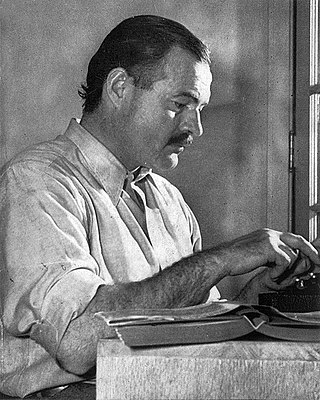
Ernest Miller Hemingway was an American novelist, short-story writer, and journalist. His economical and understated style—which included his iceberg theory—had a strong influence on 20th-century fiction, while his adventurous lifestyle and public image brought him admiration from later generations. Hemingway produced most of his work between the mid-1920s and the mid-1950s, and he was awarded the 1954 Nobel Prize in Literature. He published seven novels, six short-story collections, and two nonfiction works. Three of his novels, four short-story collections, and three nonfiction works were published posthumously. Many of his works are considered classics of American literature.

Life is an American magazine published weekly from 1883 to 1972, as an intermittent "special" until 1978, a monthly from 1978 until 2000, and an online supplement since 2008. During its golden age from 1936 to 1972, Life was a wide-ranging weekly general-interest magazine known for the quality of its photography, and was one of the nation's most popular magazines, regularly reaching one-quarter of the population.
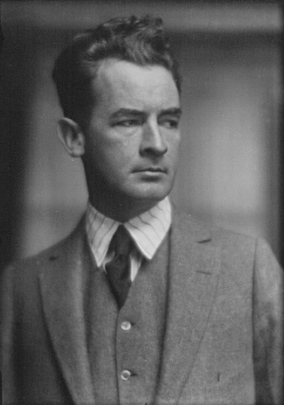
James Montgomery Flagg was an American artist, comics artist, and illustrator. He worked in media ranging from fine art painting to cartooning, but is best remembered for his political posters, particularly his 1917 poster of Uncle Sam created for United States Army recruitment during World War I.

Esquire is an American men's magazine. Currently published in the United States by Hearst Communications, it also has more than 20 international editions.
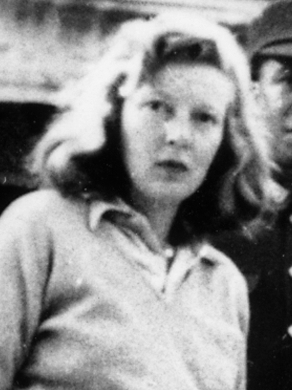
Martha Ellis Gellhorn was an American novelist, travel writer, and journalist who is considered one of the great war correspondents of the 20th century.
Steve Brodner is a satirical illustrator and caricaturist working for publications in the US since the 1970s. He is accepted in the fields of journalism and the graphic arts as a master of the editorial idiom. Currently a regular contributor to GQ, The Nation, Newsweek, The Washington Post, and The Los Angeles Times, Brodner's art journalism has appeared in major magazines and newspapers in the United States, such as Rolling Stone, The New York Times, The New Yorker, Esquire, Time, Playboy, Mother Jones, Harper's, and The Atlantic. His work, first widely seen exposing and attacking Reagan Era scandals, is credited with helping spearhead the 1980s revival of pointed and entertaining graphic commentary in the US. He is currently working on a book about the presidents of the United States.

The iceberg theory or theory of omission is a writing technique coined by American writer Ernest Hemingway. As a young journalist, Hemingway had to focus his newspaper reports on immediate events, with very little context or interpretation. When he became a writer of short stories, he retained this minimalistic style, focusing on surface elements without explicitly discussing underlying themes. Hemingway believed the deeper meaning of a story should not be evident on the surface, but should shine through implicitly.

Harvey Thomas Dunn NA, also known as J. Harvey Dunn, was an American painter and teacher. During World War I, Dunn was an artist-correspondent with the American Expeditionary Forces in Europe. Most of Dunn's war sketches are housed at the Smithsonian Institution in the National Museum of American History in Washington, D.C. He is best known for his prairie-intimate masterpiece, The Prairie is My Garden (1950). In this painting, a mother and her two children are out gathering flowers from the quintessential prairie of the Great Plains.

Arnold W. Gingrich was the editor of, and, along with publisher David A. Smart and Henry L. Jackson, co-founder of Esquire magazine. Among his other projects was the political/newsmagazine Ken.

John Philip Falter was an American artist best known for his many cover paintings for The Saturday Evening Post.
Howard Brodie was a sketch artist best known for his World War II, Korean and Vietnam combat and courtroom sketches. He worked as a staff artist for Life, Yank Magazine, Collier's, Associated Press and CBS News.

Thomas Calloway Lea III was an American muralist, illustrator, artist, war correspondent, novelist, and historian. The bulk of his art and literary works were about Texas, north-central Mexico, and his World War II experience in the South Pacific and Asia. Two of his most popular novels, The Brave Bulls and The Wonderful Country, are widely considered to be classics of southwestern American literature.

Floyd MacMillan Davis was an American painter and illustrator known for his work in advertising and illustration; Walter and Roger Reed described him as "someone who could capture the rich, beautiful people of the 1920s: dashing, mustachioed men; the cool, svelte women. But Davis was just as capable at capturing just-plain-folk, and with a cartoonist's sensibilities and a fresh humor, he expanded into story art and ad work that called characters of every persuasion.
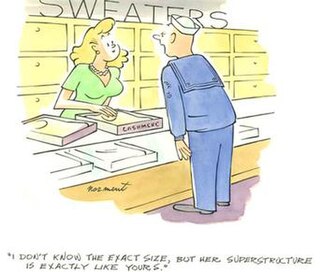
John Murray Norment (1911–1988) was an American illustrator, gag cartoonist, magazine editor, artist, and photographer.

John Cuneo is an American illustrator whose work has appeared in publications, including The New Yorker, Esquire, Sports Illustrated and The Atlantic Monthly. His ink and watercolor drawings have been described as covering everything from politics to sex.

Ken was a short-lived illustrated magazine first issued on April 7, 1938. It was a controversial, political, large format magazine with full page photo spreads, published every two weeks on Thursdays. It contained both articles and stories.
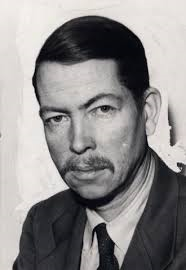
Evan Biddle Shipman was an American novelist, poet, newspaperman and soldier. After schooling in New England, Shipman befriended fellow American writer Ernest Hemingway in 1920s Paris and wrote poems and articles for various American magazines. In 1937, he aided the Loyalist side in the Spanish Civil War and was wounded in battle. He returned to the United States in 1938 and served in the U.S. Army during World War II as a war correspondent. He was a long-time columnist of The Morning Telegraph and a recognized expert on horse breeding. The Evan Shipman Handicap is named for him.
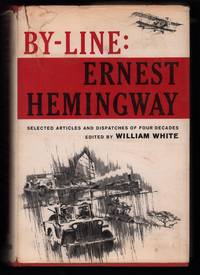
By-Line: Ernest Hemingway is a 1967 collection of 77 of the articles that Ernest Hemingway wrote as a journalist between 1920 and 1956. The collection was edited by William White, a professor of English literature and journalism at Wayne State University, and a regular contributor to The Hemingway Review. By-Line: Ernest Hemingway has been translated into fourteen languages and made The New York Times Best Seller list.

Manuel Rosenberg was an American illustrator, cartoonist, writer, lecturer, teacher, editor, and publisher. From 1917 to 1930, he was the chief artist for the Scripps-Howard chain of newspapers and the art editor of the Cincinnati Post.

Henry "Mike" Strater (1896–1987) was an American painter and illustrator. He was a friend of Ernest Hemingway and other figures of the Lost Generation. He was best known for his portraiture, figurative, and landscape drawings and paintings. Strater founded the Ogunquit Museum of American Art in Ogunquit, Maine in either 1952 or 1953.

















